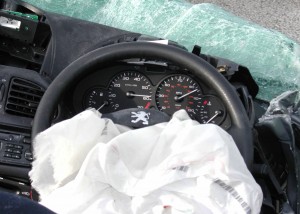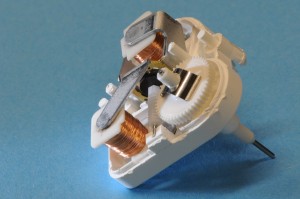It is not uncommon for the speedometer and indeed the entire instrument cluster to freeze at the moment of impact leaving what appears to be an easy way of finding the speed of the vehicle at the point of impact.



The reason why this happens depends on the type of impact, the type of motors used to position the needles within the instrument and the extent of damage to the vehicle.
With 10 years of research Collision Science has produced a number of peer reviewed technical papers and journal articles on the subject examining why this happens, how reliable the readings are and are now considered the foremost authority on the subject.
There are many variables to take into account but over the years we have become experienced in finding when a reading is reliable or not. We are able to dismantle the clusters to find and identify the motors used to power the needles. We have the detailed specifications of those motors and the results of how they performed in the crash tests.



Before the speedometer reading is considered reliable or not we need to consider a set of criteria along with understanding the dynamics of the collision. Normally modern speedometers and instruments clusters freeze because they have a loss of power as a result of the collision. A detailed analysis is conducted to establish when the power was lost and that the speedometer and other instrument readings reflect what the vehicle was doing at the time of power loss.
We are able to perform the extra tests to correlate the rev-counter and speedometer readings with the selected gear and verify if any vehicle modifications can alter the readings and if so, by how much.
Technical reports are then prepared for the court which convey a clear message for the non technical reader.
